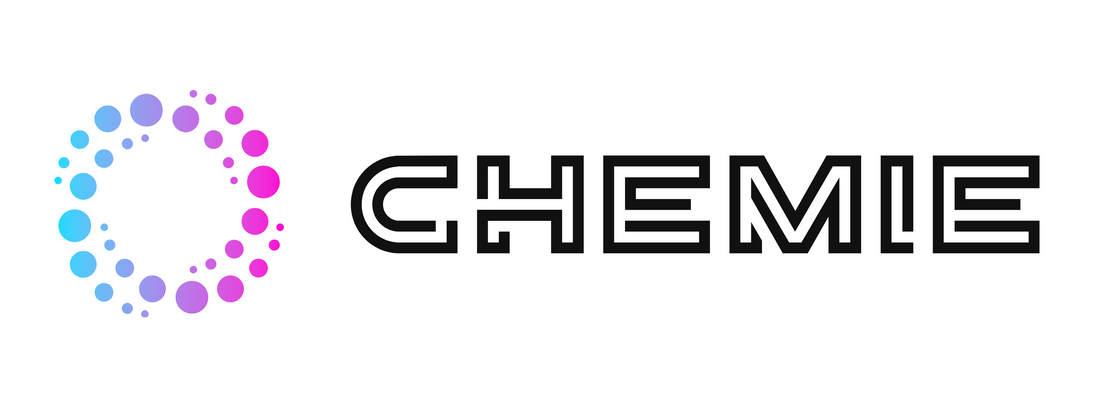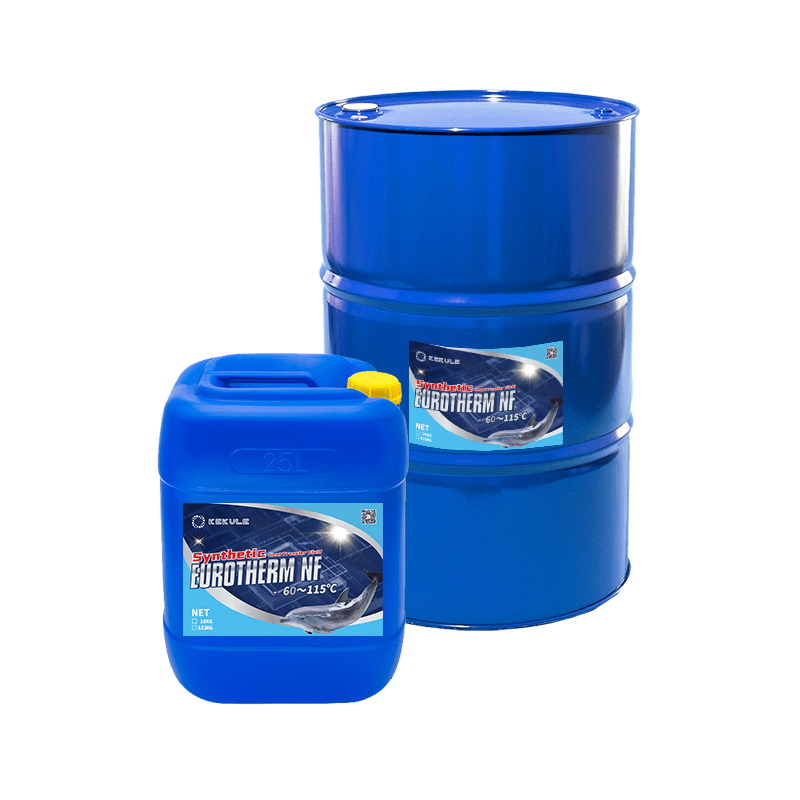8 Simple Techniques For Chemie
Table of ContentsThe Basic Principles Of Chemie Everything about ChemieThe Greatest Guide To ChemieThe Facts About Chemie RevealedThe 7-Second Trick For ChemieA Biased View of Chemie
By Bojanna Shantheyanda, Sreya Dutta, Kevin Coscia and David SchiemerDynalene, Inc. Fluid air conditioning, which can be attained making use of indirect or straight ways, is used in electronics applications having thermal power densities that may exceed secure dissipation via air cooling. Indirect fluid cooling is where heat dissipating digital parts are literally separated from the liquid coolant, whereas in instance of straight cooling, the components remain in straight call with the coolant.Nevertheless, in indirect cooling applications the electric conductivity can be vital if there are leakages and/or spillage of the liquids onto the electronics. In the indirect cooling applications where water based fluids with deterioration inhibitors are generally used, the electric conductivity of the liquid coolant primarily depends upon the ion focus in the liquid stream.
The rise in the ion concentration in a shut loop fluid stream might happen due to ion seeping from metals and nonmetal parts that the coolant fluid touches with. Throughout operation, the electric conductivity of the fluid might enhance to a level which might be dangerous for the cooling system.
Getting My Chemie To Work
The examples were allowed to equilibrate at area temperature level for two days prior to recording the first electric conductivity. In all examinations reported in this research study liquid electric conductivity was measured to an accuracy of 1% making use of an Oakton disadvantage 510/CON 6 series meter which was calibrated before each measurement.
Little Known Questions About Chemie.
from the wall surface home heating coils to the center of the heating system. The PTFE example containers were positioned in the heater when consistent state temperatures were gotten to. The examination configuration was gotten rid of from the furnace every 168 hours (seven days), cooled down to room temperature with the electrical conductivity of the liquid measured.
The electric conductivity of the fluid sample was kept an eye on for an overall of 5000 hours (208 days). Schematic of the indirect closed loop cooling experiment set-up. Parts used in the indirect closed loop cooling experiment that are in call with the fluid coolant.

5 Easy Facts About Chemie Explained
The adjustment in fluid electrical conductivity was kept track of for 136 hours. The fluid from the system was collected and kept.

0.1 g of Dowex resin was included in 100g of liquid samples that was absorbed a different container. The mix was stirred and alter in the electric conductivity at room temperature was measured every hour. The determined adjustment in the electrical conductivity of the UP-H2O and EG-LC test liquids including polymer or metal when involved for 5,000 hours at 80C is shown Figure 3.
Everything about Chemie
Ion seeping experiment: Calculated modification in electrical conductivity of water and EG-LC coolants including either polymer or metal samples when submersed for 5,000 hours at 80C. The outcomes suggest that metals added less ions right into the fluids than plastics in both UP-H2O and EG-LC based coolants.
Fluids containing polypropylene and HDPE exhibited the least expensive electric conductivity changes. This can be because of the short, inflexible, direct chains which are much less likely to add ions than longer branched chains with weaker intermolecular pressures. Silicone likewise executed well in both test liquids, as polysiloxanes are normally chemically inert as a result of the high bond power of the silicon-oxygen bond which would prevent deterioration of the product into the liquid.
Things about Chemie
It would redirected here be expected that PVC would produce comparable outcomes to those of PTFE and HDPE based upon the similar chemical frameworks of the products, however there might be other impurities present in the PVC, such as plasticizers, that might affect the electrical conductivity of the fluid - fluorinert. Additionally, chloride groups in PVC can likewise seep right into the test liquid and can create a rise in electric conductivity
Buna-N rubber and polyurethane revealed indicators of destruction and thermal decomposition which suggests that their possible utility as a gasket or sticky material at greater temperature levels can lead to application issues. Polyurethane totally degenerated into the test liquid by the end of 5000 hour test. Number 4. Prior to and after pictures of metal and polymer samples immersed for 5,000 hours at 80C in the ion leaching experiment.
Measured modification in the electric conductivity of UP-H2O coolant as a feature of time with and without material cartridge in the shut indirect cooling loophole experiment. The gauged adjustment in electric conductivity of the UP-H2O for 136 hours with and without ion exchange material in the loophole is displayed in Figure 5.
Comments on “The 7-Second Trick For Chemie”